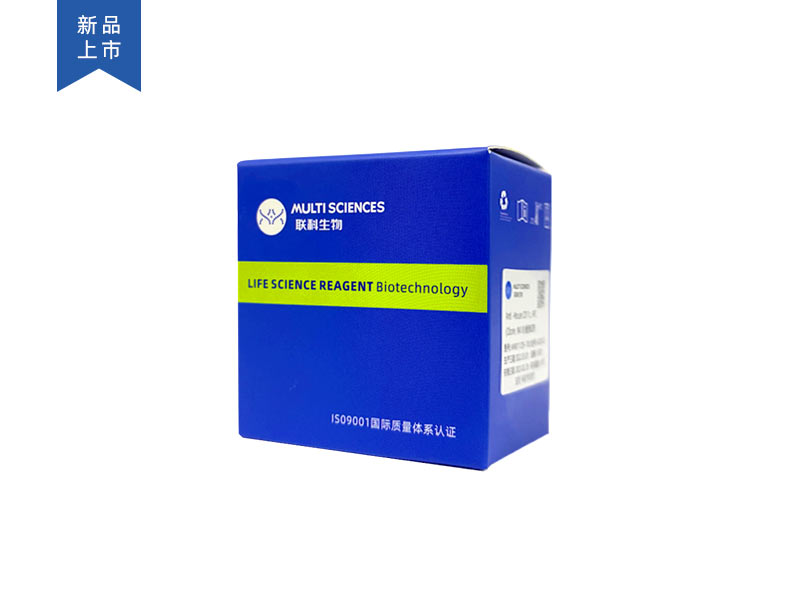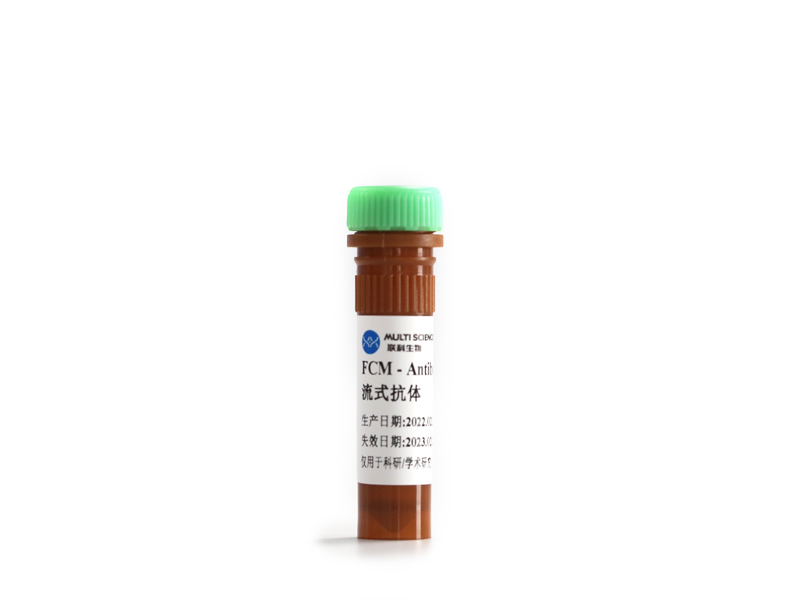MiR-199a-3p was reported decreased in serum of coronary heart disease patients and human atherosclerotic plaques. This study aims to investigate the roles of miR-199a-3p in atherosclerosis (AS). AS was induced in ApoE-/- mice via high fat diet for 12 weeks. Oxidized low density lipoprotein (ox-LDL) was used to induce foaming in RAW264.7 cells. The expression level of miR-199a-3p was decreased in aortas of AS mice and ox-LDL-treated macrophages. Oil red O staining, ELISA, flow cytometry, and western blot results demonstrated that miR-199a-3p mimics restrained ox-LDL-induced lipid accumulation, foaming, and inflammation in RAW264.7 cells, while miR-199a-3p inhibitor played opposite roles. Runt-related transcription factor 1 (RUNX1), a pro-inflammatory factor, was identified as a target of miR-199a-3p, and its expression was downregulated by miR-199a-3p. RUNX1 was increased in macrophages from aortas and peripheral blood of AS mice. Ox-LDL-induced inflammation and lipid accumulation were aggravated by RUNX1, and the effects of miR-199a-3p were antagonized by ectopic expression of RUNX1 in RAW264.7 cells. The phosphorylation of signal transducer and activator of transcription 3 (STAT3) was inhibited by miR-199a-3p and enhanced by RUNX1. In conclusions, we demonstrated that miR-199a-3p alleviated ox-LDL-induced foaming and inflammation by downregulating RUNX1 expression and deactivating STAT3 signaling in macrophages. These findings may provide novel targets for treatment of AS.
文章引用产品列表
-
- F41011b01 9 Citations
- 流式抗体
Anti-Human/Mouse CD11b, FITC (Clone: M1/70) 检测试剂
- ¥208.00 – ¥440.00
-
- F11011B01 11 Citations
- 流式抗体
Anti-Human/Mouse CD11b, FITC (Clone:M1/70)流式抗体 (新品)
- ¥208.00 – ¥440.00



